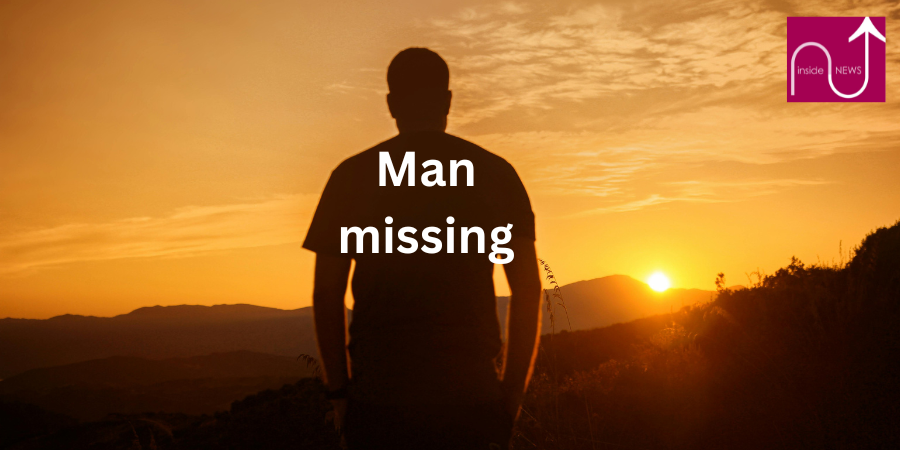
As a development editor I get manuscripts in all kinds of evolutions from a completely finished version, already formatted to a bunch of bullet points that need work! Sometimes authors come to me with an idea and maybe some notes and we start from scratch. And I love working with all varieties of author, each project is different and I enjoy learning along with the potential reader.
I see my role as sitting in their potential reader’s chair to ensure there are no points where the reader comes up against something that stops them reading. Once they put the book down, because they haven’t understood something or feel uncomfortable, the chances of them picking it up again are low. A literary agent once said that the statistics say that, with non-fiction books, most readers don’t get past chapter THREE!
It doesn’t matter where the author is now – it’s my role to develop it into a reader-friendly manuscript.
A recent book I worked on was written by an expert with some 40 years of experience and he had put together an impressive collection of knowledge and advice. But after a quick look at the manuscript I realised that a critical element was missing – him!
He’d arranged his content in a good structure. He even had learning points for each chapter, but it was more like a workbook or text book. Nothing that helped the reader to feel as though he was talking to them. No personal anecdotes to demonstrate a point. It was stuffed with knowledge, but no human insights.
We spent time developing some of the pieces of knowledge into a more narrative style, then I asked him for his war stories and helped him to develop these.
With him editing my development (he didn’t change much), we ended up with a book that sounded like him and had authenticity as well as expertise to help his readers.
